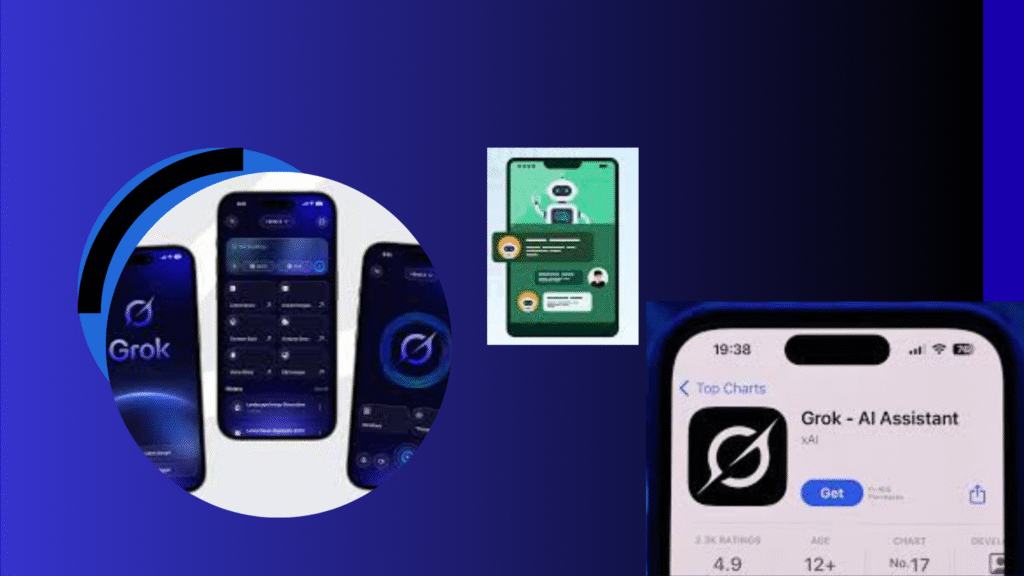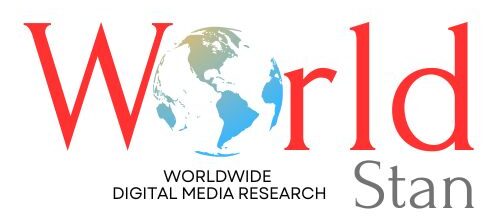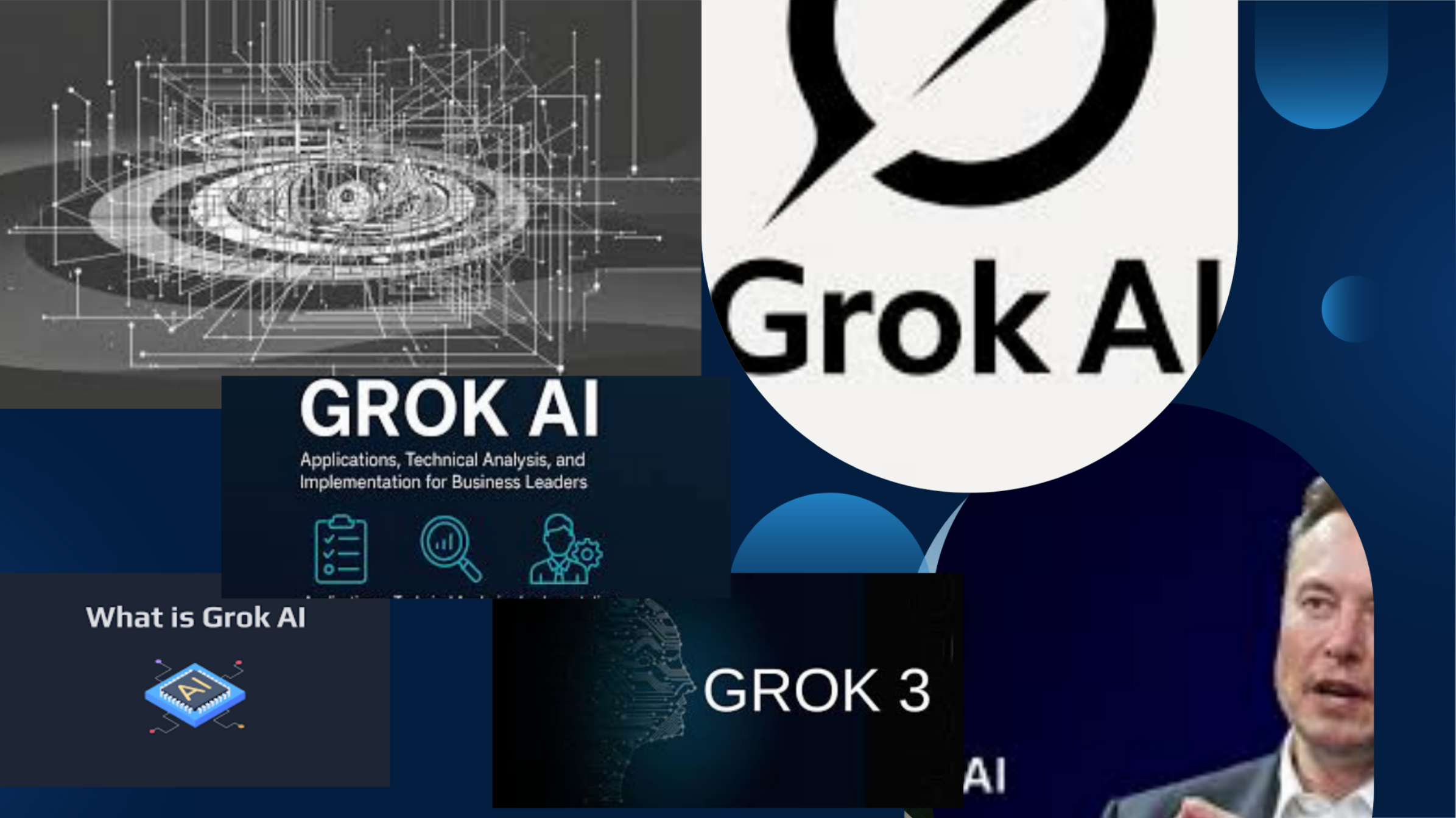Introduction to Grok AI
Grok AI is a generative artificial intelligence chatbot created by xAI, the AI company founded by Elon Musk in March 2023. Officially launched in November 2023, it was built to deliver responses that are not only accurate but also infused with humor and a rebellious edge.
Unlike most AI systems that rely primarily on pre-trained datasets, Grok connects directly to X in real time, allowing it to retrieve live updates on news, trends, and conversations. This level of immediacy makes it one of the most responsive and context-aware chatbots available today.
Its name is inspired by Robert Heinlein’s science fiction novel Stranger in a Strange Land, where “Grok” means to understand something so deeply that it becomes intuitive. The AI embraces that philosophy by attempting to move beyond surface-level answers toward deeper contextual understanding.
The Origins of Grok AI and xAI
To understand Grok AI, one must understand xAI and its founder, Elon Musk. Having co-founded OpenAI in 2015, Musk later departed due to differences in long-term vision. He believed AI was becoming too sanitized and risk-averse. With xAI, his goal was to create a more transparent, truth-focused AI system that promotes open dialogue without excessive filtering.
Funded with over $12.4 billion across four investment rounds, xAI rapidly developed Grok as its flagship product. Drawing inspiration from science fiction and Musk’s own appetite for bold innovation, Grok was engineered to be both highly capable and unapologetically direct.
The Evolution of Grok AI
Since its initial release, Grok has advanced rapidly through several major iterations:
Grok-1 (2023): 33-billion-parameter model with strong coding and mathematics performance.
Grok-1.5 (2024): Improved reasoning capabilities and an expanded 128,000-token context window.
Grok-2 (2024): Added image generation powered by xAI’s Aurora system.
Grok-3 (February 2025): Significant performance boost via xAI’s Colossus supercomputer, featuring 200,000 NVIDIA GPUs, along with the introduction of DeepSearch mode.
Grok-4 (July 2025): Transition to full multimodal AI, capable of processing and generating text, images, and soon audio.
This rapid iteration cycle has positioned Grok as a strong challenger to GPT-4 and Claude, particularly in real-time search and reasoning capabilities.
Grok AI Features Explained

Real-Time Data Access and Search
Grok connects directly to X, allowing it to provide live knowledge rather than relying solely on static training data. This distinguishes it from most AI assistants, which often require external plugins or browsing extensions to retrieve current information.
Conversational Personality
Unlike neutral assistants, Grok was intentionally designed with a bolder voice. Its humorous and slightly defiant tone creates a more human-like interaction compared to more formal AI systems.
Multimodal Capabilities
With Grok 4, the model can handle multiple input formats, including text and images, with audio capabilities soon to be added. This enables sophisticated multimodal reasoning, such as analyzing visuals while generating contextual replies.
DeepSearch Mode
Introduced with Grok-3, DeepSearch enables layered query exploration through iterative web analysis, resulting in more robust and comprehensive responses.
Multilingual Support
Grok supports multiple languages, improving accessibility across international markets and expanding its adoption potential.
Grok API
Launched in 2024, the Grok API allows developers to embed its capabilities into applications, platforms, and analytics tools.
Advanced Reasoning Performance
Grok performs competitively against leading models in logic, coding, mathematics, and structured problem-solving.
Grok vs ChatGPT: Key Comparisons
| Feature | Grok AI | ChatGPT |
|---|---|---|
| Real-Time Data Access | Direct integration with X | Limited to browser mode or plugins |
| Response Style | Witty, bold, often sarcastic | Neutral and controlled |
| Multimodal Support | Available in Grok 4 | Available in GPT-4o |
| API Ecosystem | Emerging | Established |
| Ethical Filtering | Less restrictive, sometimes controversial | Heavily moderated |
Overall, Grok excels in real-time awareness and personality, while ChatGPT remains superior in reliability and tool integration.
Grok AI Use Cases
Grok’s versatility allows it to be deployed across multiple fields, including:
Real-time news and sentiment tracking
Software development and debugging
Market analysis and trend forecasting
Education and tutoring
Creative writing and content generation
Medical and scientific research assistance
Its ability to synthesize live data gives it an advantage in dynamic tasks that require up-to-the-minute input.
Grok AI Growth Statistics 2025
Grok AI is expected to reach over 40 million active users by mid-2025. Industry projections estimate that it will capture between 18 and 22 percent of the chatbot market by 2026. Considering that the AI chatbot market was valued at $11.14 billion in 2025 and is forecasted to reach $29 to $31 billion by 2030, Grok is on track to secure a significant share of future growth.
Strengths and Limitations of Grok AI
Strengths
Real-time data integration
Strong multimodal capabilities
Engaging and human-like conversational tone
Competitive reasoning performance
Fast-paced development cycle
Limitations
Controversial outputs have raised ethical concerns
API ecosystem is still maturing
Reliance on X data may skew perspectives in some cases
Grok AI vs Other Chatbots
Beyond ChatGPT, Grok competes with Claude by Anthropic, Google Gemini, and Perplexity AI. While those models excel in safety, knowledge retrieval, and enterprise deployment, Grok’s edge lies in real-time relevance and personality-driven responses.
Controversies and Ethical Concerns
Because Grok is designed with fewer content restrictions than its competitors, it has occasionally generated responses that sparked public criticism. Supporters argue that allowing less-filtered dialogue promotes transparency, while detractors believe this approach risks misinformation. xAI continues to refine moderation techniques while preserving Grok’s defining voice.
The Grok AI Roadmap
Future developments planned by xAI include:
Voice and audio-based interaction modes
Persistent user memory for personalized long-term engagement
Multi-agent collaboration features
Dedicated enterprise tools and analytics dashboards
These enhancements suggest that Grok is not merely a chatbot, but a foundation for an expanding AI ecosystem.
Why Grok AI Matters
Grok represents a shift toward AI systems that are not only intelligent but also contextually aware and personality-driven. Its combination of real-time data access, multimodal capabilities, and unrestricted dialogue style sets it apart from competitors that prioritize caution over expression.
Final Thoughts:
What is Grok AI in 2025? It is no longer just a chatbot. It is an evolving AI platform built around real-time intelligence, multimodal reasoning, and a bold conversational identity.
With adoption rising rapidly, a growing developer ecosystem through the Grok API, and ambitious updates on the horizon, Grok is well-positioned to become one of the defining AI tools of the decade.
For those curious to explore its capabilities firsthand, Grok is available on X and at grok.com. Whether used for research, automation, or simply conversation, it offers a distinctly different experience from traditional AI assistants—one that is informed, immediate, and unapologetically expressive.

